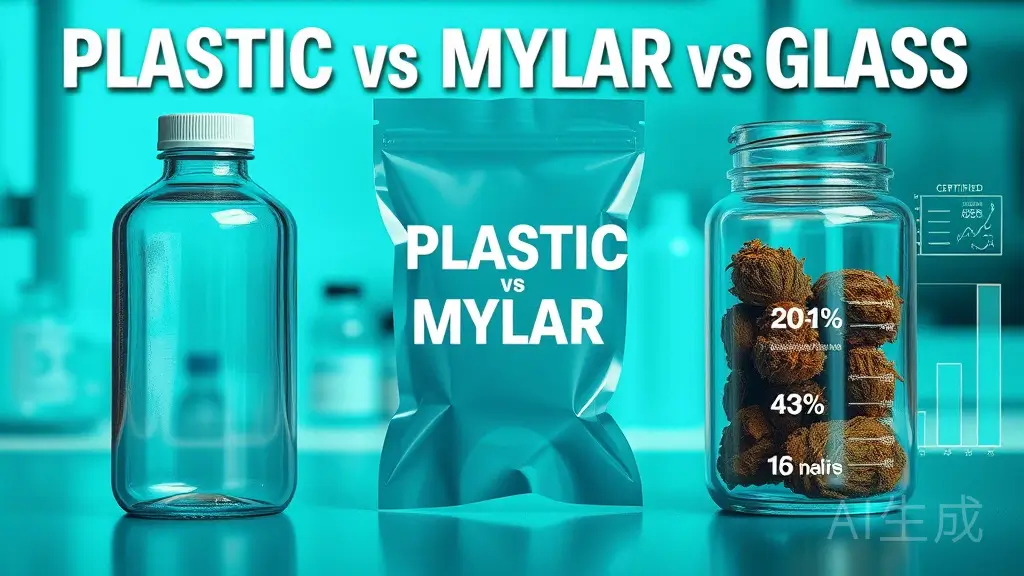
Comparison of Plastic Bottles and Other Packaging for Cannabis
In the booming cannabis industry, choosing the right packaging is crucial for maintaining the quality, safety, and compliance of cannabis products. Similar to the comparison between different food storage methods, there are significant differences between using plastic bottles and other packaging options for cannabis.
Understanding Plastic Bottle Packaging
Plastic bottles are commonly made of lightweight and durable plastic materials. They offer several advantages for cannabis packaging. Firstly, they can effectively block out air, which helps to preserve the freshness and potency of cannabis. This makes them suitable for long – term storage of cannabis products.
Plastic bottles are well – suited for various cannabis products, such as cannabis concentrates, tinctures, and some forms of pre – measured cannabis powders. The airtight seal of plastic bottles can prevent the evaporation of volatile compounds in cannabis, ensuring that the product retains its flavor and therapeutic properties.
One of the major benefits of plastic bottles is their portability. They are easy to carry around, whether for personal use or for transportation in the supply chain. Additionally, plastic bottles are relatively inexpensive to produce, which can reduce the overall packaging cost for cannabis producers.
However, plastic bottles also have some drawbacks. The plastic material may not be completely impermeable to light, which could potentially affect the quality of light – sensitive cannabis products over time. Moreover, plastic is not an environmentally friendly material as it is non – biodegradable and can contribute to environmental pollution.
Understanding Other Packaging Options (Based on Previous Analysis)
As previously discussed, Mylar bags are made of a shiny, thin plastic material that can block out air, light, and moisture. They are ideal for long – term storage of dry cannabis products like cannabis flowers and pre – rolled joints. Adding oxygen absorbers can further enhance their preservation capabilities. But they are prone to tearing and can be damaged by pests.
Mason jars, made of glass with metal lids for an airtight seal, are suitable for both dry and liquid cannabis products. They are durable, reusable, and environmentally friendly. However, they are heavy, take up more space, and are prone to breakage.
Comparison of Storage Efficiency
In terms of storage efficiency, plastic bottles have an edge in terms of space utilization. They can be easily stacked and stored in a compact manner, making them suitable for warehouses and retail shelves with limited space. Mylar bags, although flexible, may not stack as neatly, and Mason jars are bulky and take up more volume.
When it comes to weight, plastic bottles are much lighter than Mason jars, which is an advantage during transportation. Mylar bags are also lightweight, but their fragility may require additional protective packaging, which could add to the overall weight.
Ease of Use and Maintenance
Plastic bottles are very easy to use. They usually come with a simple screw – on or snap – on lid, making it convenient to open and close. They are also relatively easy to clean, although they may not be as reusable as Mason jars. In most cases, after the cannabis product is used up, the plastic bottle is discarded.
Mylar bags require more effort to seal properly, often needing a heat sealer. Once opened, they are difficult to reseal effectively. Mason jars, on the other hand, are easy to reseal after opening and can be reused multiple times. Cleaning them is straightforward, either by hand or in a dishwasher.
Cost Analysis
Plastic bottles are generally more affordable upfront compared to Mason jars. The cost of producing plastic bottles is relatively low, and they do not require additional equipment like heat sealers for Mylar bags or canning equipment for Mason jars. However, since they are mostly single – use, the long – term cost may increase if continuous packaging is needed.
Mason jars have a higher upfront cost, including the cost of jars, lids, and canning equipment. But their reusability can save costs in the long run. Mylar bags are relatively inexpensive initially, but the need for oxygen absorbers and a heat sealer adds to the overall cost, and they are not reusable in most cases.
Suitability for Different Cannabis Product Types
For cannabis concentrates and tinctures, plastic bottles are a great choice due to their airtight seal and ability to hold liquids. Mylar bags are not suitable for liquids, and while Mason jars can be used, they may be overkill for small – volume liquid products.
For dry cannabis flowers and pre – rolled joints, Mylar bags are excellent for long – term storage, but plastic bottles can also be used, especially for smaller quantities. Mason jars are also a good option if easy access and reusability are important.
Safety and Environmental Impact
In terms of safety, plastic bottles can provide a stable storage environment for cannabis products as long as they are properly sealed. However, the plastic material may release harmful chemicals under certain conditions, which could potentially contaminate the cannabis. Mylar bags and Mason jars are generally considered safer in terms of chemical stability.
From an environmental perspective, plastic bottles are the least eco – friendly option due to their non – biodegradable nature. Mylar bags also have a negative environmental impact for the same reason. Mason jars, being reusable and recyclable, are the most environmentally friendly choice.
Choosing the Right Packaging Solution
Deciding between plastic bottles and other packaging options depends on various factors such as the type of cannabis product, storage duration, space availability, cost, and environmental concerns. If portability and cost – effectiveness are the main priorities, plastic bottles may be the best choice. For long – term storage of dry products, Mylar bags are a strong option. And if reusability and environmental friendliness are important, Mason jars should be considered.
In conclusion, each packaging option has its own set of advantages and disadvantages. Cannabis producers and consumers need to carefully evaluate their needs and preferences to select the most suitable packaging for their cannabis products.



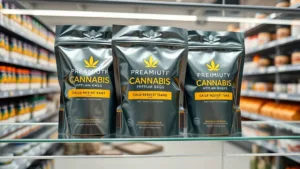
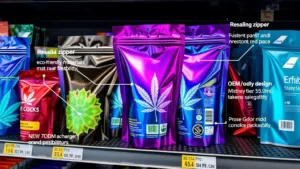
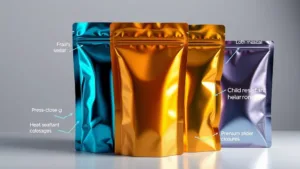
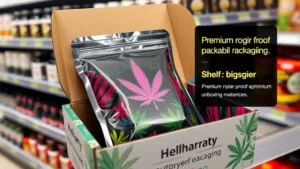
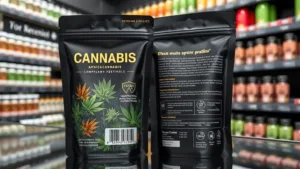
Add comment